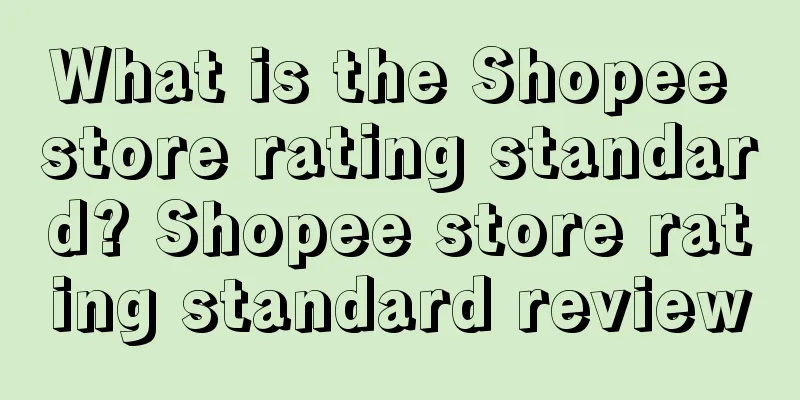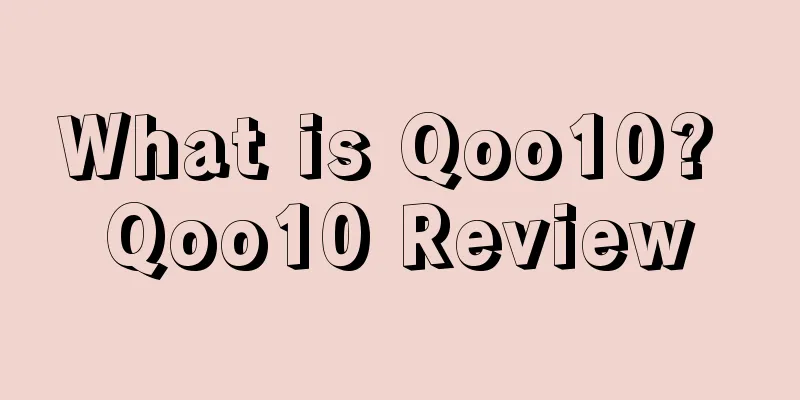A detailed discussion on the refined management of keywords

|
01 Refinement of keyword library 02 The refinement of etymological objects 03 Detailed traffic structure 04 Refinement of traffic stratification 05 The refinement of generalization strategy |
<<: How to check Amazon's off-site orders? (Recommended collection)
>>: How to deal with Amazon Warehouse copycat sales and a drop in orders?
Recommend
What is Paidai? Paidai Review
Paidai is the most influential communication, lear...
What is Benison Forwarding Company? Benison Forwarding Company Review
Benison Forwarding Company, with warehouses in Sou...
Shopify and Roposo join forces to support content creators to build online stores!
It is learned that according to foreign media repo...
Emergency! A sudden outbreak of epidemic at the port, will the terminal be closed? Sellers are in a logistics dilemma again!
The New Year is approaching, and sellers are busy ...
What is Ticket Monster (TMon)? Ticket Monster (TMon) Review
Ticket Monster (TMon for short) is the largest gro...
Amazon is expected to surpass Walmart to become the largest retailer in the United States in 2022! Here are the reasons...
<span data-shimo-docs="[[20,"获悉,近日,美国摩根大通表...
What is Huitongtianxia? Huitongtianxia Review
Shenzhen Huitong Tianxia Logistics Co., Ltd. is a ...
The world's top 6 Amazon off-site promotion platforms
Image source: 123rf.com.cn Quickly promote the 38t...
Amazon's best seller announced the cessation of operations! Is there a "wave of closures" in the home furnishing industry?
Affected by the Federal Reserve's interest rat...
What is Keyword In? Keyword In Review
Keyword In is a keyword search and analysis tool. ...
Big changes are coming! Amazon FBA policy is updated again, shortening the validity period!
Normal, once there is data abnormality, such as s...
What are Shoppable Stickers? Shoppable Stickers Review
Shoppable Stickers is a tool that makes it easier ...
What is Friends + Me? Friends + Me Review
Friends + Me is a highly functional, practical and...
A must-read for Amazon sellers! A step-by-step guide to taking clear and professional product photos with your phone
In the past, creating high-quality, professional ...









